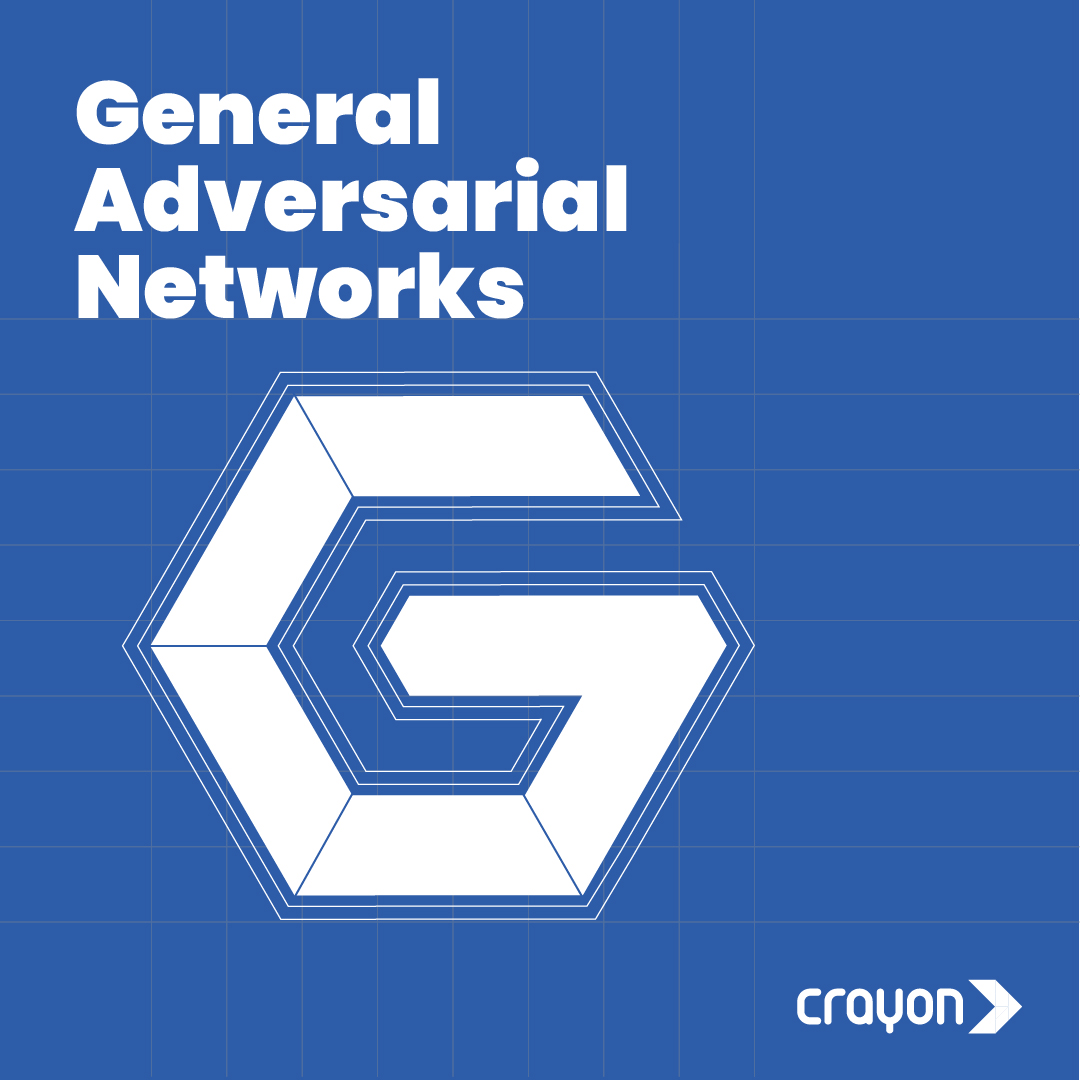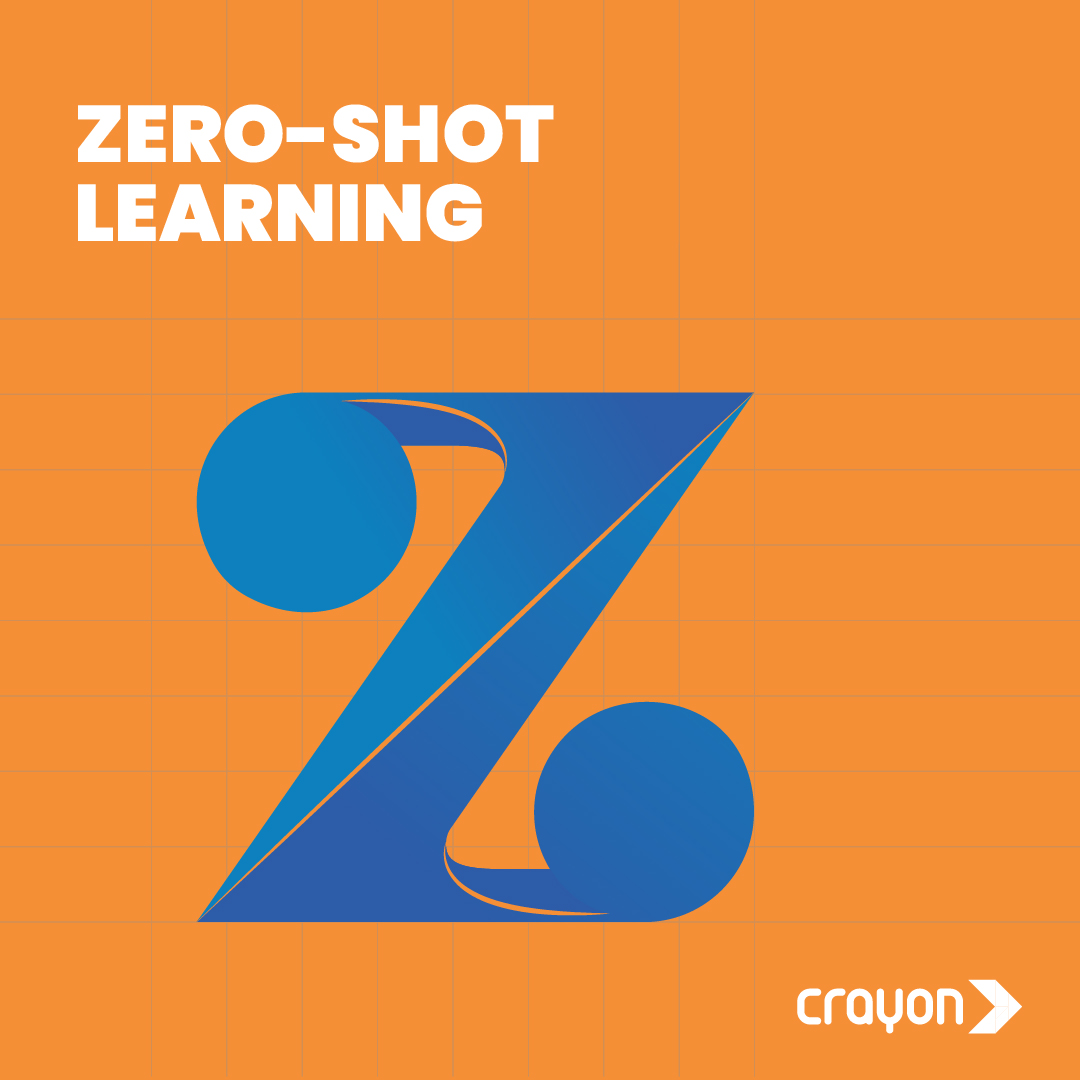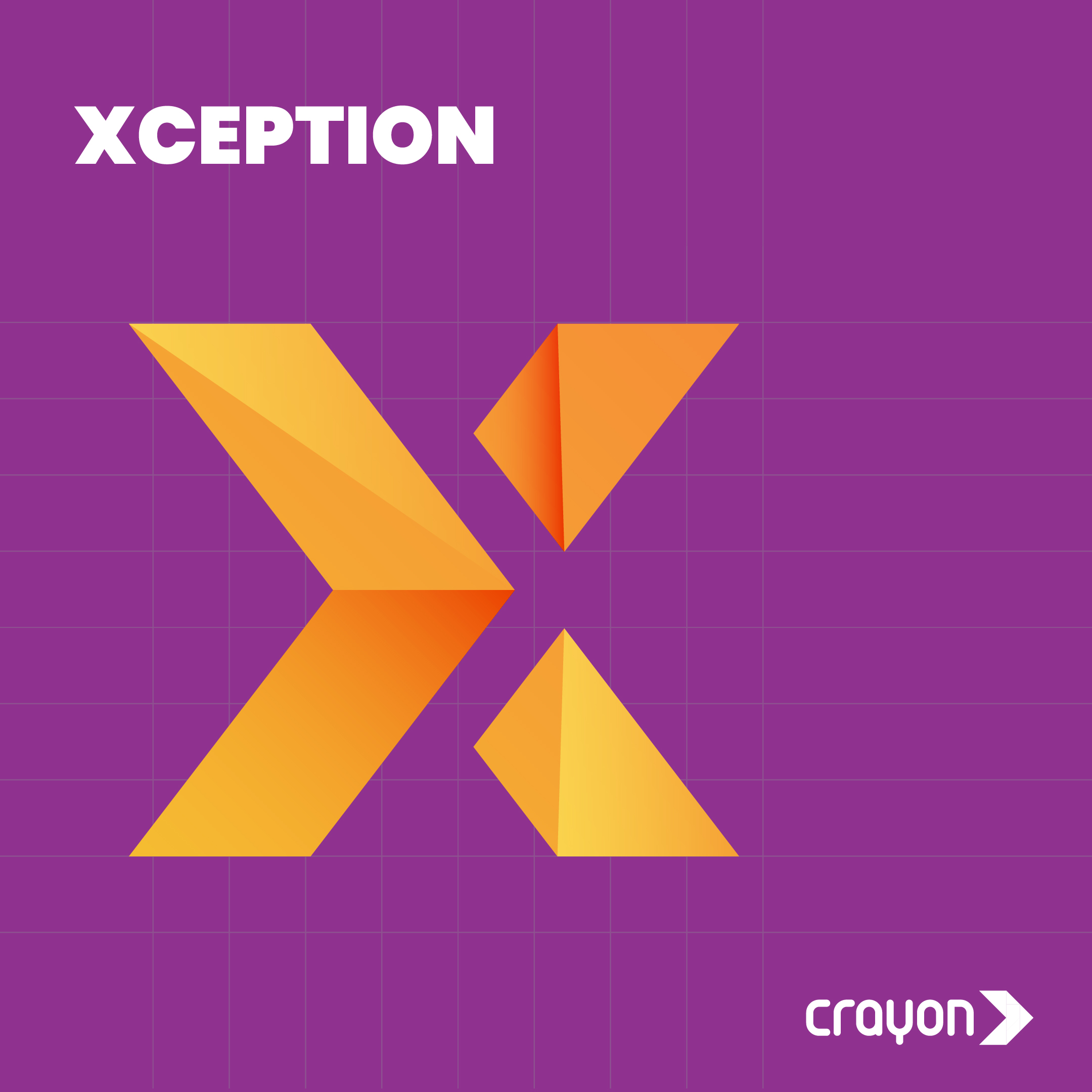Why Vector Databases are Key to Enhanced AI and Data Analysis
August 22, 2023
Legends of AI: CR Rao
August 24, 2023#TheAIAlphabet
G for General Adversarial Networks
Published August 23, 2023
Theoretically, General Adversarial Networks (GANs) are a machine learning model which consists of a generator and discriminator. What exactly are these two, and what exactly are their jobs?
Imagine an art forger and a detective who are constantly trying to outsmart each other. The forger is trying to create fake art that looks like real ones, while the detective is trying to catch the forger and bring them to justice. This is similar to the relationship between the generator and discriminator in a GAN. The generator is trying to create fake data indistinguishable from real data, while the discriminator is trying to distinguish between real and fake.
Imagine an art forger and a detective who are constantly trying to outsmart each other. The forger is trying to create fake art that looks like real ones, while the detective is trying to catch the forger and bring them to justice. This is similar to the relationship between the generator and discriminator in a GAN. The generator is trying to create fake data indistinguishable from real data, while the discriminator is trying to distinguish between real and fake.

The training process is based on a game-like setting. The generator gets a reward for creating fake data that the discriminator cannot distinguish from real data, and the discriminator gets a reward for correctly identifying fake data. As the forger improves, the detective sharpens their skills. The network is the data the detective tries to gather and analyze. The data could include information about the art, such as the artist, the materials used, and the techniques employed.
This rivalry is like a mathematical dance where both use their algorithms to compete and improve their tasks over time.
GANs have applications beyond playfulness. They’re used in image generation, data augmentation, super-resolution imaging, style transfer, text, music, and more. It creates art that looks like the work of famous artists. It generates realistic faces of people who don’t exist. The film industry loves them, too, using GANs to create jaw-dropping special effects and realistic animations.
But with the other side of technology, they can also be misused by creating deepfakes that are deceptive and can damage people’s reputations.
It’s ultimately the tale of two AI pals pushing each other to the limits, creating digital marvels while making us ponder the very nature of reality.
This rivalry is like a mathematical dance where both use their algorithms to compete and improve their tasks over time.
GANs have applications beyond playfulness. They’re used in image generation, data augmentation, super-resolution imaging, style transfer, text, music, and more. It creates art that looks like the work of famous artists. It generates realistic faces of people who don’t exist. The film industry loves them, too, using GANs to create jaw-dropping special effects and realistic animations.
But with the other side of technology, they can also be misused by creating deepfakes that are deceptive and can damage people’s reputations.
It’s ultimately the tale of two AI pals pushing each other to the limits, creating digital marvels while making us ponder the very nature of reality.
Recent Blogs
Subscribe to the Crayon Blog. Get the latest posts in your inbox!





